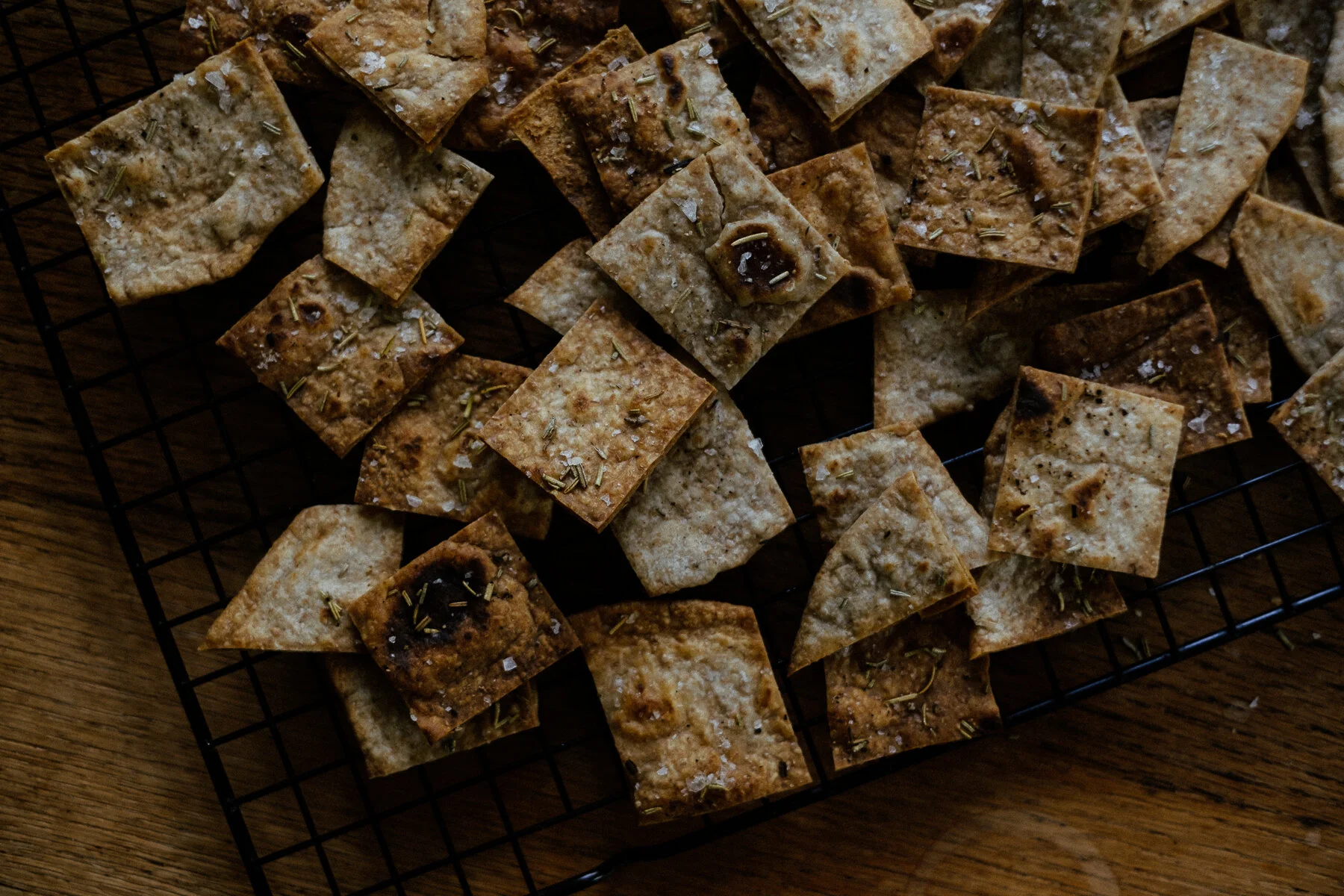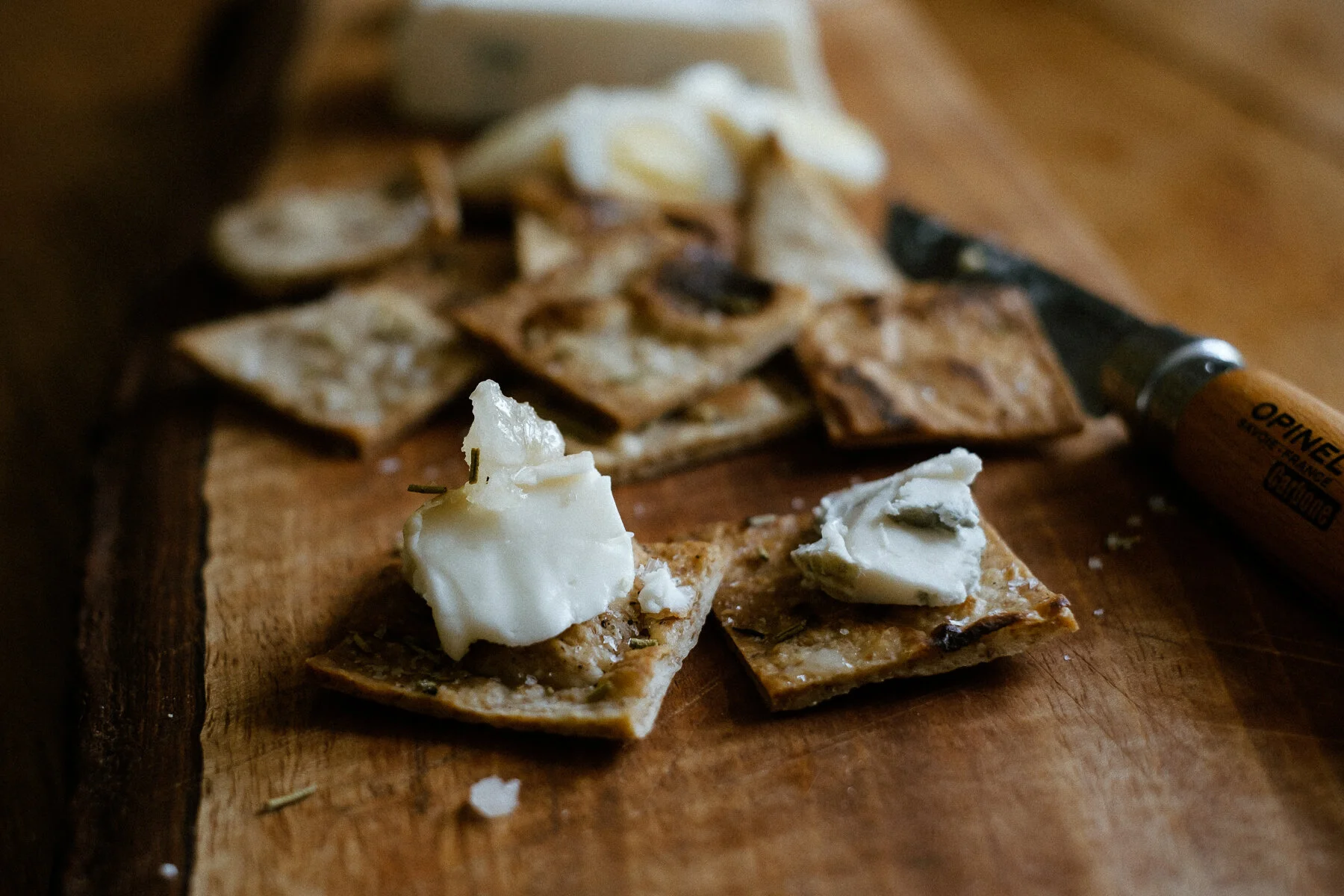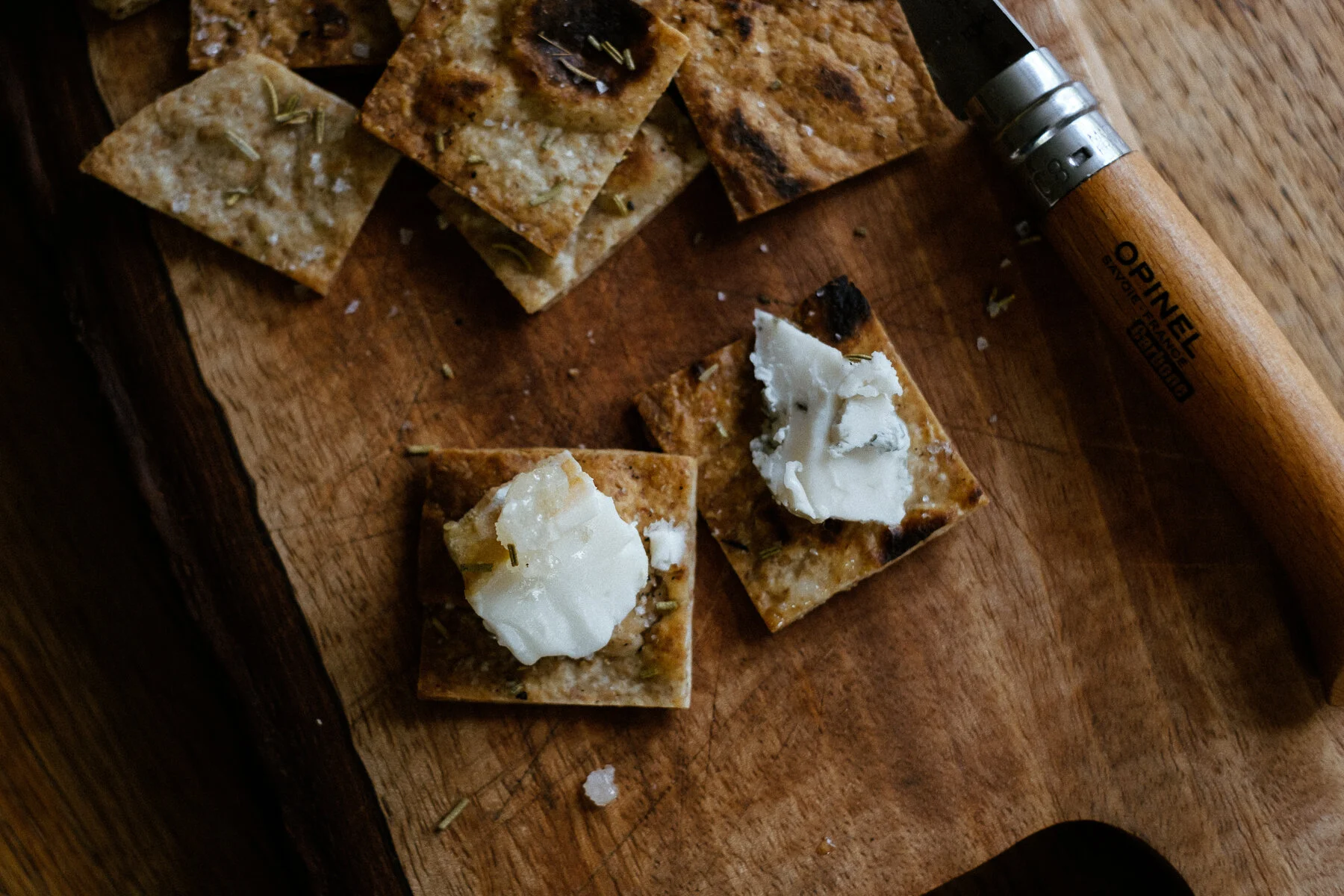Zero waste.
I love my sourdough baby. I’m sure that’s evident but I just wanted to make it clear. So far its provided us with 2 loaves of amazing bread, 6 pizza bases, a dozen crumpets, and 9 flatbreads. If there’s one thing that you might complain about when raising a sourdough though, it would be the waste. The discard, as it’s often called. The process of feeding your sourdough inevitably means that a portion of the dough is discarded every time, to prevent your cute yeasty baby from becoming a gigantic all consuming monster.
Ideally, a portion of your dough would be used every day to bake a loaf of bread or some other naturally leavened treat, but even we can get through a whole loaf every day, even if we had enough flour to support the habit. So the discard is discarded, but just throwing away that waste doesn’t feel good. Food waste is never good, it’s a serious issue across the economically developed world, but so often it can seem to those of us blessed with an easy and abundant supply of food that it is without consequence. Interestingly now, in these times of empty supermarket shelves, restricted trips to the corner shop and month long online queues for a supermarket delivery, for many - us included - food waste has taken on a much more immediate significance. Once cheap, everyday ingredients have become rare and valuable commodities, toilet paper being the poster child. Included in the list, though, is flour. The once plentiful supply of varied and interesting flours available at any supermarket seems like a distant dream. This, combined with a renewed enthusiasm for regular baking, means that our supplies are rapidly diminishing. Consigning a lump of that precious flour to the bin every day in the form of sourdough discard suddenly feels like a slap in the face.
Fear not. The bin is a last resort. This was a revelation to me. There are plenty of ways to put that excess starter to good use - primarily in the form of more baking. Sourdough discard recipes have been the subject of a lot of my googling recently. Essentially the starter is made up of equal parts flour and water and so can be substituted in for the same weight in almost any recipe. It won’t have the effect of fermenting or leavening the dough but it will give a tasty boost, and ensure that none of your flour is wasted. That where the crumpets and flatbreads I mentioned earlier come in. Both were made from what would otherwise have been discarded starter, both easy recipes to find online, both new and delicious ways to use your sourdough. You can keep a jar in the fridge for up to a month and keep adding the discard to it, ready to be used whenever. If you don’t get through it even then, it can go straight on the compost heap, but maybe consider feeding your starter less frequently, or maintaining a smaller starter, to further reduce waste.
Ironically, I made too many flatbreads from my discarded sourdough. They would have actually been fine in the freezer for another day but I thought crackers would be a more tasty way to re-use them. Brush both sides with decent olive oil, sprinkle over whatever you have to hand - I used sea salt and dried rosemary - and use a rolling pin to push the toppings into the bread a little. Cut up into whatever shape and size you like and bake at 180°C for 8 minutes. The crunchiest, most satisfying crackers await. We topped ours with blue cheese, taleggio and honeycomb, with a couple of picked quail’s eggs on the side (courtesy of our mate Terry). We’ll probably be revisiting them tonight with a bottle of wine.















